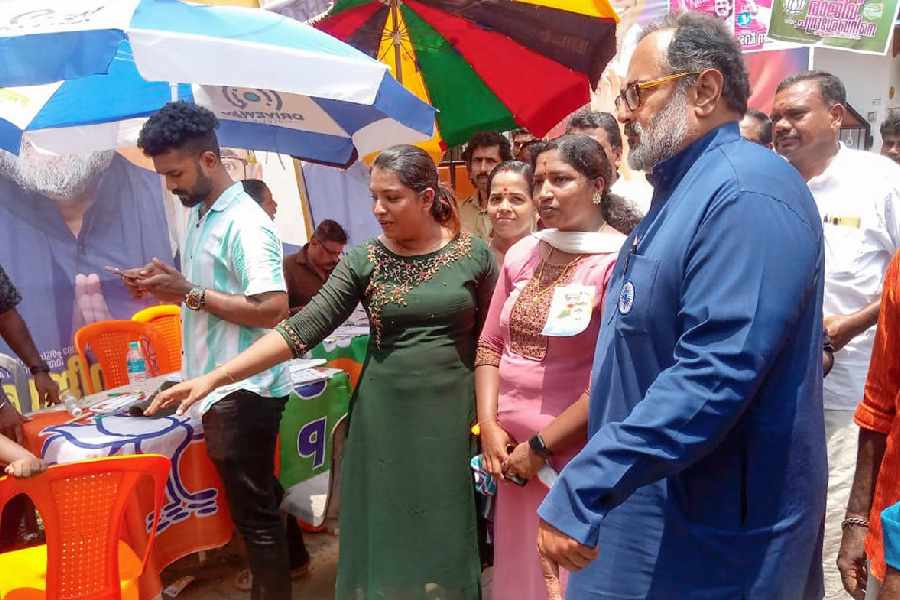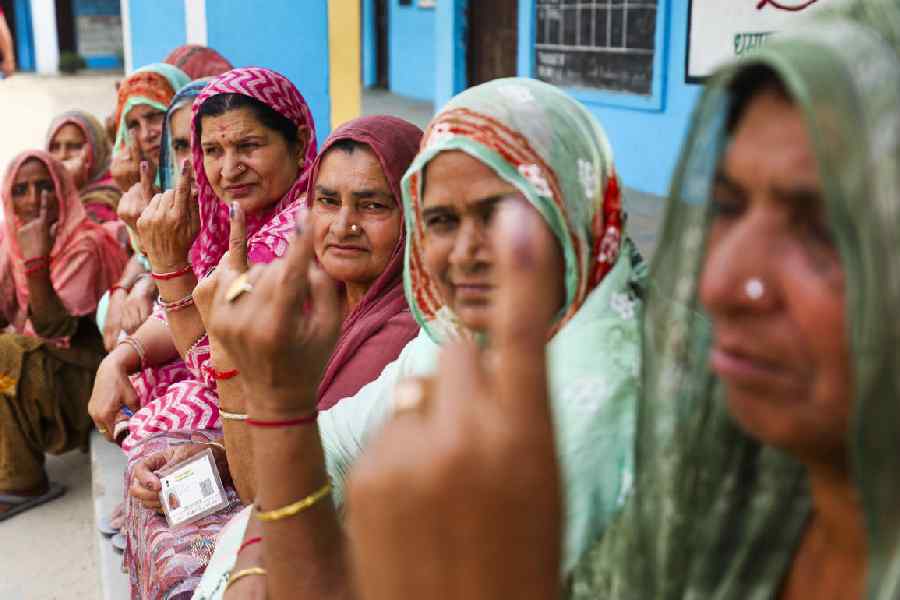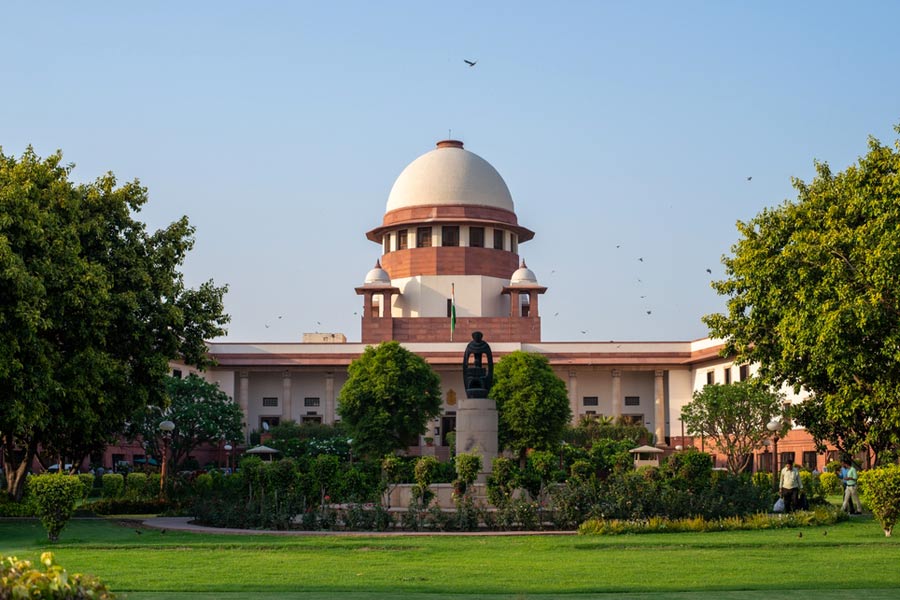There is a quiet fight to save our film heritage that is happening in our part of the world. Some fights are more dramatic than others — but it is a fight for our cinematic memory with many unsung heroes.
At the Film Heritage Foundation’s recently-concluded the fifth Film Preservation & Restoration Workshop India 2019 in Hyderabad, we were delighted to welcome 10 Afghan film archivists. Tamanna Faqirzada, who accompanied the Afghan delegation, told us an incredible story when we spoke to her in Hyderabad. She said, “When the Taliban came to power in Afghanistan in 1996, the archivists knew that films would be a target as the Taliban considered films as being forbidden by Islam along with music and dance. The archivists identified and distinguished some of the important film reels at the film archive belonging to different periods of history of Afghanistan. They very cleverly hid the films in a small room in the Afghan Film Institute building and covered it with wood and painted the wood to match the other walls of the building. When the Taliban entered the building, the archivists brought out all the film reels which they thought were not very important and they gave it to the Taliban saying that this was what they had. And as expected, the Taliban burned all those film reels”. If their ruse had been discovered, the consequences for those archivists would have been fatal. Yet they felt that it was worth risking their lives to save their film heritage.
Film has a universal language and is an art form that uniquely captures the present for the future. We cannot be limited by geography and nationalism in our approach to film preservation, as we are linked to our neighbours by the commonality of our history and culture as well as the tragic loss of our film legacies and our neglect in preserving them.
Afghanistan and India have linkages through popular cinema that continue to the present day. The legendary thespian, Dilip Kumar, traces his roots to Afghanistan, as do several Indian stars. When I was assisting Gulzarsaheb, he told me that the first ever song in Indian cinema — “De de khuda ke naam” — was sung by the Afghan actor, W.M. Khan, in the first Indian talkie, Alam Ara, in 1931. But sadly there is no physical evidence of this, as nothing remains of the film. Afghanistan has left its mark on Indian cinema over the years, with Balraj Sahni’s performance as the Pathan peddler from Kabul in the 1961 film, Kabuliwala, and the blockbuster epic Khuda Gawah (1992), featuring Amitabh Bachchan as an Afghan tribal leader (it was also shot in Afghanistan) being the most obvious examples.
Indians played a major role in the growth of cinema in Sri Lanka in the import and distribution of films and setting up of cinemas in British Ceylon. Early Tamil films produced in Madras became very popular with the Sinhalese, and early Sinhalese films were made in South India. The first Sinhala talkie, Kadawunu Poronduwa/Broken Promise (1947), was shot in Madras. The mid-1940s to the mid-1960s saw several collaborative productions that brought together producers, actors, directors and technicians from both countries.
India was germane to the growth of Nepalese cinema too. Satya Harishchandra (1951), believed to be the country’s first film, was produced in Calcutta. Maitighar, released in 1966, starred the Indian actress, Mala Sinha, in the lead with a special appearance by the actor, Sunil Dutt, and had playback by leading Indian singers including Lata Mangeshkar, Asha Bhonsle and Manna Dey.
Given the significant influence that India has had in the development of the film industries in the subcontinent, it only seems fitting that we should work with them to save their film heritage. In response to the fact that we would need saviours of film if film was to be saved, Film Heritage Foundation in partnership with the International Federation of Film Archives decided in 2015 to conduct annual week-long film preservation and restoration workshops. These workshops became travelling schools and vehicles to spread awareness about the urgency to preserve our films and have been held in a different city in India every year covering Mumbai, Pune, Chennai, Calcutta and Hyderabad from 2015 to 2019.
Right from the start, we opened the doors of our workshops to our neighbours including Sri Lanka, Nepal, Bangladesh, Bhutan and Myanmar. At the fifth workshop in Hyderabad, we had a record number of 75 participants that included 53 Indians, eight Sri Lankans, two Nepalese, two Bangladeshis and 10 archivists from Afghanistan. Over five years, we have introduced over 270 individuals to the practices of film preservation.
We began with three Sri Lankan participants in 2015 and today Sri Lanka has a thriving film preservation culture and is a member of the FIAF. Nepal and Bangladesh have been regular participants too. Having built a reputation for being the model for the FIAF’s international training programmes, it was not surprising that Afghanistan reached out to us to ask if the workshop could be opened to the Afghan archivists, especially as training in Kabul would be impossible, given the security concerns.
Afghanistan has taken up the preservation of their film heritage on a priority basis. The film archive has a collection of films dating from the 19th century to present day that includes local and foreign films, documentaries and newsreels. The government inaugurated new archive premises in 2018, and they have upgraded their equipment. The push is now to upgrade the skills of the staff, which is the reason their participation in the workshop was crucial.
The Film Heritage Foundation’s work does not stop at annual workshops. We have conducted smaller specialized workshops in India, Nepal and Sri Lanka as well as a five-day rescue mission in Sri Lanka in 2018 with 45 volunteers that dealt with the essential steps in handling an almost overwhelming quantity of film in various stages of decomposition, half of it stored in appalling conditions. But we need to do so much more. We have a collective cinematic memory in our part of the world that we must not forget. To quote Martin Scorsese, “Film is history. With every foot of film lost, we lose a bit of culture to the world around us, to each other and to ourselves”.










